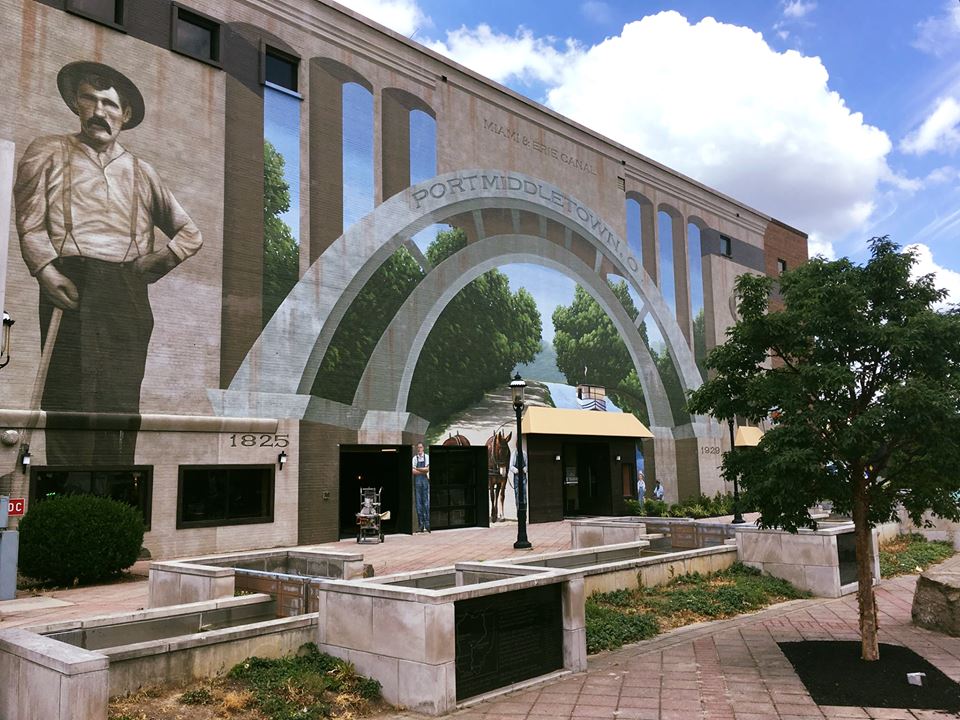
Collective impact is a proven model for structuring cross-sectoral collaborations.
This toolkit from Collaboration for Impact walks groups that are undertaking a collective impact project through all of the steps for a successful collaboration. The guide begins by helping groups determine whether or not a collective impact model is actually right for them, and moves them through to designing an appropriate structure for collaboration.

The Intersector Toolkit was created by The Intersector Project, a nonprofit focused on encouraging collaboration among business, government, and the nonprofit sector.
The toolkit is a resource for local leaders who may be new to creating formal partnerships across sectors. The toolkit is not specific to a certain kind of project or collaboration, although many of the included case studies feature community or economic development projects.

Collective impact is an approach to social change that brings together diverse stakeholders in a structured way.
Stakeholders working together through a collective impact framework agree upon a common agenda, establish shared metrics, undertake mutually-reinforcing activities, and continuously communicate. An important feature of collective impact is the presence of a “backbone” team or organization, which serves as the coordinator of the shared project.

MassINC documents how collaborative partnerships are building capacity and making change in Gateway Cities.
The Gateway Cities Innovation Institute, a program of Massachusetts-focused think tank MassINC, released a series of articles about collaborative leadership in “Gateway Cities,” the commonwealth’s small older-industrial communities. This series features case studies of successful collaborations, with a particular focus on emerging patterns of leadership as local economies have changed.

Community organizing is about building the capacity of a community to address a problem by identifying and attacking its root causes.
Although organizing is often thought of as a tool for progressive or liberal organizations, its tools and concepts are non-partisan. Anyone seeking to make change in their community can use the tools of community organizing, no matter whether they are focused on grassroots, neighborhood-level issues or city-wide community and economic development strategies.

Institutionalize relationship building with potential leaders
GOPC will document the efforts of economic development organizations to retain local jobs and local talent by building relationships with managers and executives from companies with a presence in the community. These meetings are especially important for setting expectations that they will be a part of the city’s civic fabric, even if they do not plan to stay in the community long-term.

A key component of strong civic capacity is a robust pipeline for new talent.
Many smaller legacy cities are facing the dual challenge of population loss and an aging workforce. Other cities that have seen an influx of immigrant populations are struggling to incorporate young people from different cultural backgrounds into their leadership cohort. In either case, communities can approach the challenge of building a talent pipeline by engaging young people, particularly high school students, to give them a better sense of local opportunities.

Sometimes, resources from outside of a community can help to build local capacity for the long-term.
A number of federal programs seek to build capacity in distressed communities, either directly or indirectly. The Strong Cities, Strong Communities (SC2) initiative, a program of the Obama Administration, worked in specific communities to align the resources of 19 federal agencies toward building local capacity.

